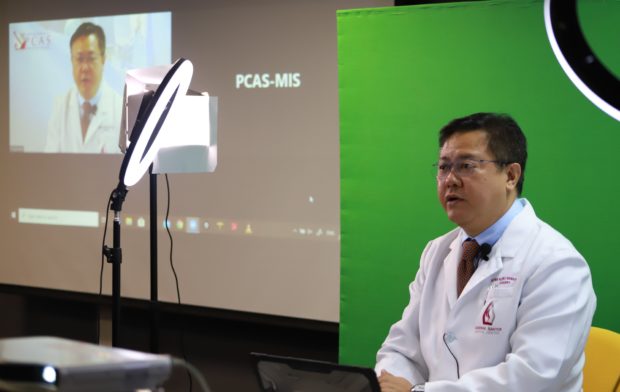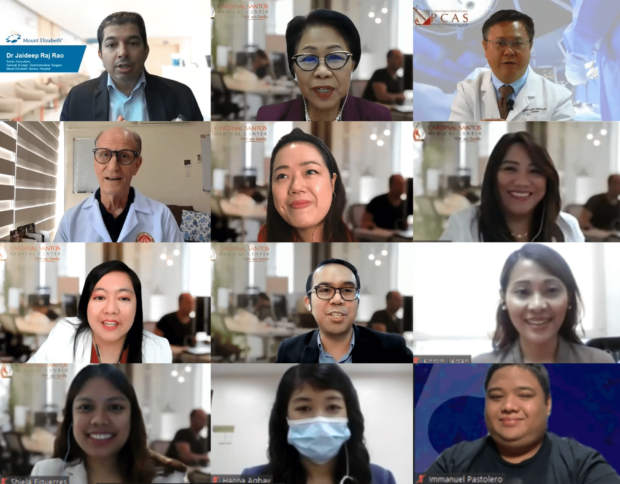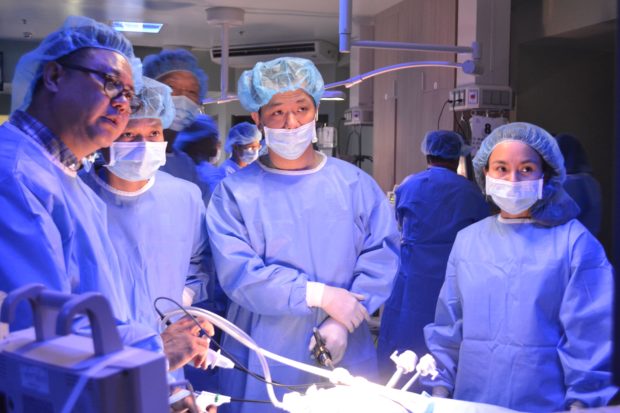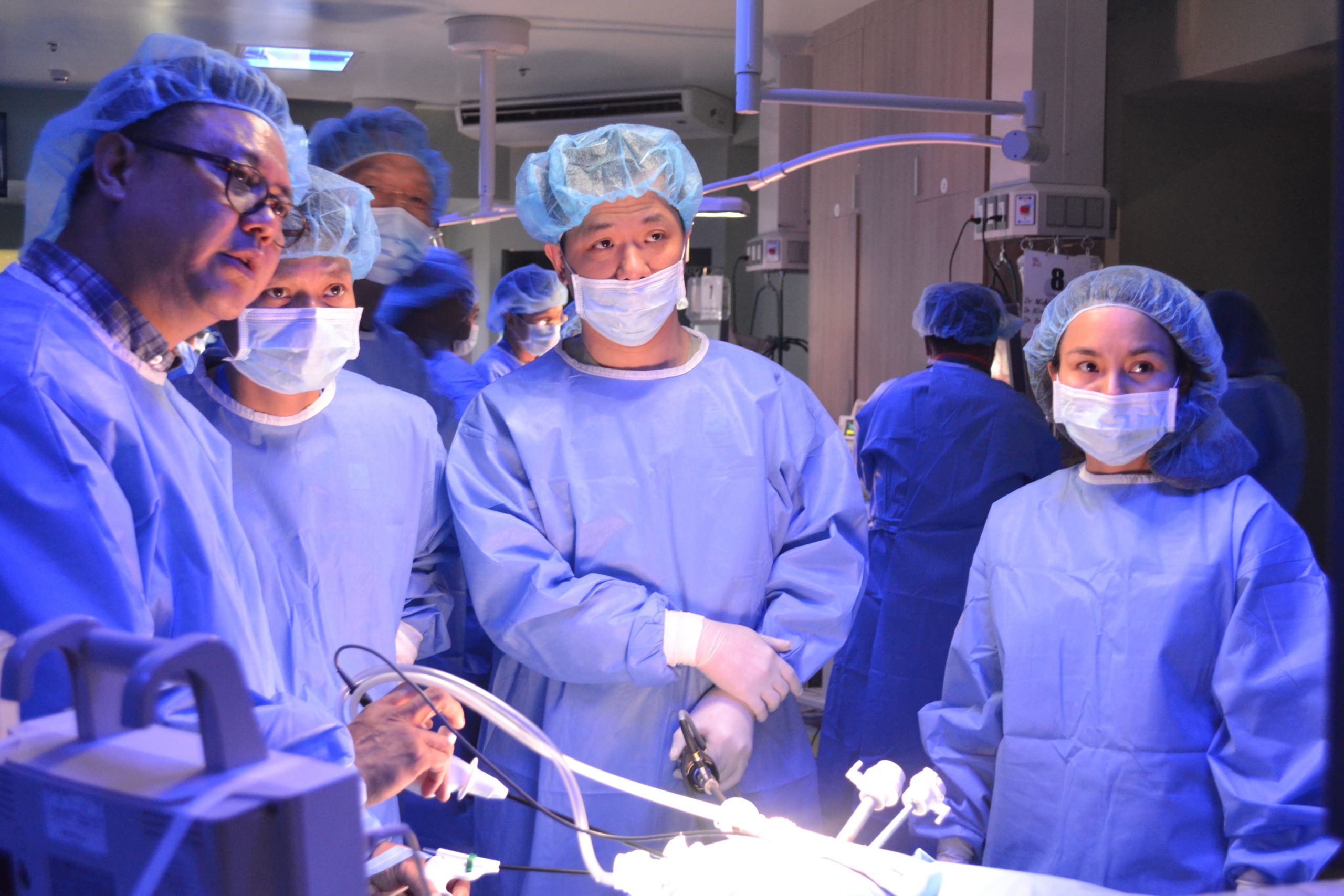Long gone are the days when surgeries automatically mean surgeons cutting huge swathes of skin to open a patient’s body and look for the part that needs surgery. Science and technology has enabled the emergence of a revolutionary surgical procedure that boasts of shorter recovery time for patients in the form of minimally invasive surgery (MIS).
Hospitals and medical practitioners in the country have long been practicing this type of surgery and in an effort to further educate the public about the advantages of MIS, Cardinal Santos Medical Center held its first ever webicon (a hybrid of a webinar and a press conference) last January 27, 2021, entitled, Why Less Is More: 10 Things To Know About Minimally Invasive Surgery.
The virtual event’s roster of speakers included Dr. Alfred Allen Buenafe, Executive Director of Cardinal Santos’ Philippine Center for Advanced Surgery—the pioneer MIS training center in the Philippines, Dr. Zenaida Javier-Uy, Chief Medical Officer, and Dr. Jaideep Raj Rao, Senior Consultant and General & Upper Gastrointestinal Surgeon of Mount Elizabeth Novena Hospital in Singapore.
During his talk, Dr. Buenafe highlighted the main advantages of laparoscopic surgery, a type of minimally invasive surgery that allows a surgeon to access the inside of the abdomen and pelvis without making large incisions on the skin.
“Laparoscopy can be used to help diagnose a wide range of conditions that develop inside the abdomen or pelvis, through direct visualization of the affected organs,” he says. “It can also be used to carry out surgical procedures like removing a diseased organ like the gallbladder, or for collecting tissue samples for testing or biopsy.”

To add to his point, Dr. Rao elaborated on the benefits of MIS for patients.
“When we started doing minimal access surgery, the results were not only similar to large incision surgery, but they were even better,” Dr. Rao explains. “Patients recovered much better and they could get back into society doing their normal activity. And they even have low recurrence rate. Now we know that when we have these minimal access surgeries, there’s minimal disturbance in a patient’s physiology, and therefore, the amount of stress to the human body is much lower and therefore the recovery is much faster.”
Patient testimonies
Patients who underwent minimally invasive surgeries also shared their experience during the webicon.
Dr. Steve Costello, a patient of Dr. Buenafe, was operated on in 2017 for his hernia.
“I must admit that as much as I’d come to believe Dr. Buenafe, I wasn’t totally convinced when he told me I could get back to my previous good health and lifestyle almost immediately,” Dr. Costello shares. “But healing was smooth as silk and I quickly returned to a life I had not enjoyed in years. My work, my play, and my self-confidence all returned, and it was easy to be happy again!”
Isis Huang, a young urban professional, also underwent surgery after what she thought was a simple acid reflux turned out to be a cyst in her ovaries.
“I truly thank God for a successful surgery—they were able to take out the cyst the size of a California orange,” says Huang. “The MIS procedure helped me to have a faster recovery process. After I was discharged, I was advised to stay home for two weeks but all I needed was just one week. I went back to my OB-gyne and my wound was dry and healed.”

Ultimately, the greatest evolution in the medical industry translates to the patients’ post-operative experience—an innovation that Cardinal Santos is hoping will become more accessible for the Filipinos.
“The Philippine Center for Advanced Surgery Training Center of Cardinal Santos Medical Center is the first of its kind in the Philippines. It was established to provide access to world-class training while promoting the benefits of minimally invasive surgery to our junior consultants and nurses in the Philippines and the Asia Pacific,” says Dr. Buenafe. “Through this advocacy, our ultimate goal is to elevate the standard of healthcare especially for the Filipino patient.”

ADVT









































